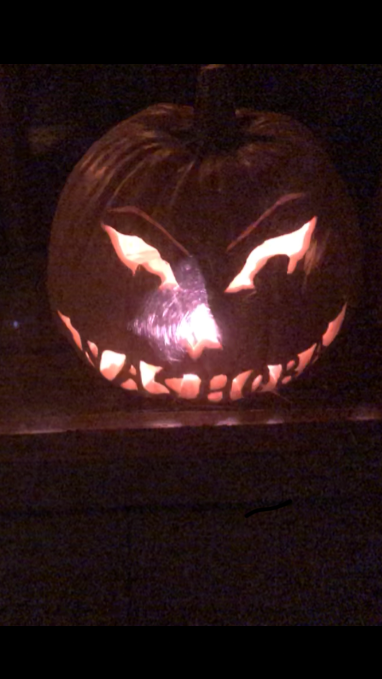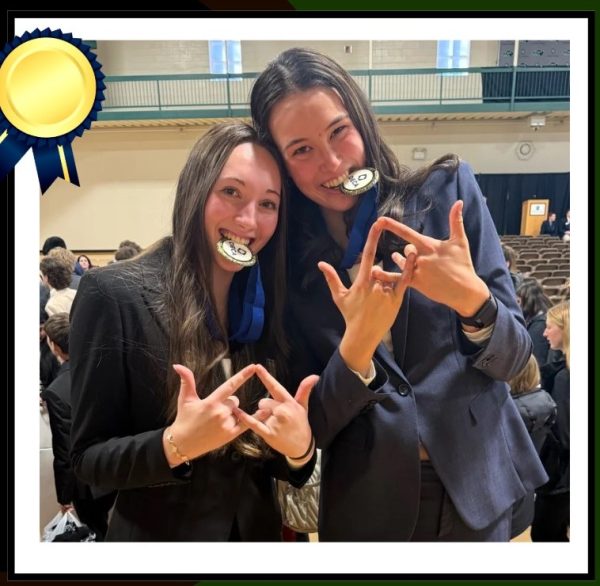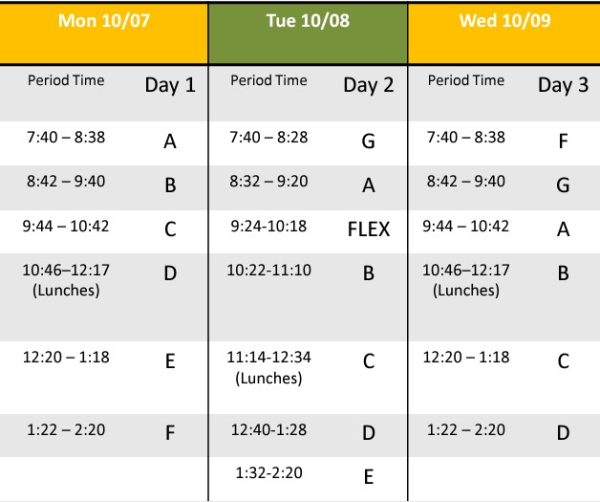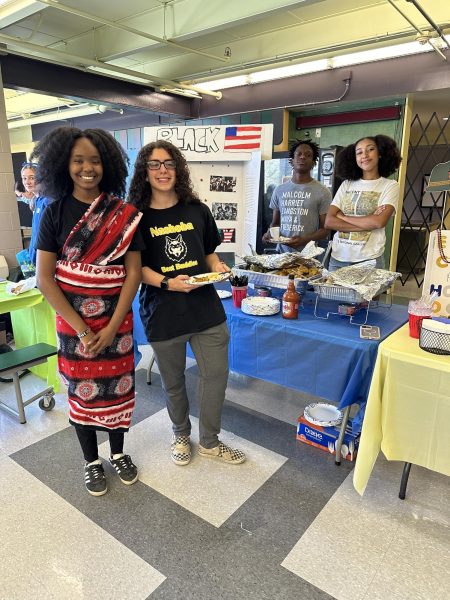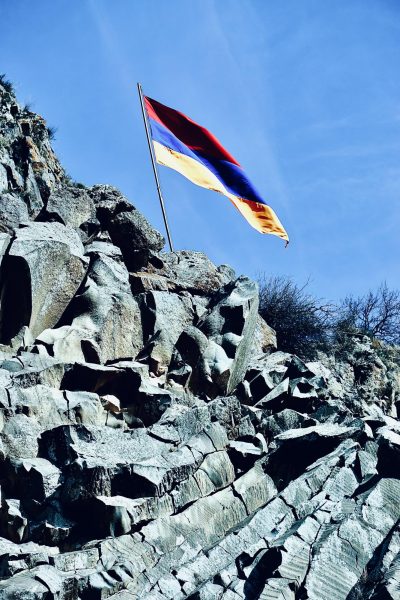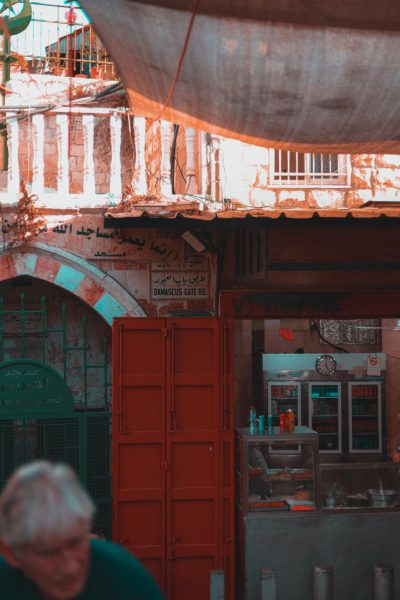The History and Origins of Halloween
Throughout the years, Halloween has been transformed into a highly commercialized holiday, one that now boasts a multi million dollar industry, coming in as one of the most profitable holidays in the United States, second only to Christmas.
The night now focuses on costumes, trick-or-treating, candy, and horror. People of all ages spend the night dressed up in costumes, attend parties and partake in frightening spectacles such as movies, and haunted houses; children go about their neighborhoods asking for candy.
All of this appears normal to the average citizen, but when you take a step back, the customs and traditions of Halloween seem to make little logical sense. How did a holiday ever come to be one in which people disguise themselves, beg for candy, and scare one another on purpose? However, each of the things mentioned above have hidden roots in the history and culture of the people who came to colonize America hundreds of years ago.
This all started with the Celtic festival called Samhain [saw-hin] which marked the start of the people’s new year and took place on November 1st. However, the festivities began the day before, October 31st, and were focused around the idea that on this day, the day where the summer ended and the cold darkness of the winter began, the dead would come back to visit the Earth in the form of ghosts.
They believed that the ghosts would come back and allow for them to make more accurate predictions of the events of the year to come. To help their chances with fortune telling, they created large bonfires to make sacrifices to their gods as well as to prepare the fire for the coming winter.
Eventually, the Celtic lands became influenced by the spreading of Christianity. The Pope, Gregory III, then combined their holiday with the two Christian holidays, Martyr’s Day and All Saint’s Day, which celebrated similar things. The holiday was then renamed All Soul’s Day after the Roman holiday that celebrated the day in which the spirits of dead would return. The combination of these holidays was an attempt to Christianize the Celts and was eventually renamed to All Hallow’s Day. The Celts, however, decided that they would continue their old tradition on the evening before, and called it All Hallow’s eve. From there was only a short jump to Halloween.
During this night many customs evolved that have been translated into some of the things we still do today. Since it was believed that on this night the ghosts of the deceased would return to the human world, many people would wear masks in order to disguise themselves from any malicious spirits. Huge bonfires were also built to try and ward off the unwanted spirits. As these customs were eventually brought into more densely populated areas, in which large fires weren’t acceptable, they were interchanged for lighting small candles inside a hollowed gourd and thus starting the tradition of jack o’lanterns. Furthermore, in the beginning, the poor people in the town would go about the town ask for food and in exchange they would pray for the dead of the family, sing songs, recite poetry, and even sometimes dance. This event, called ‘souling’, eventually transformed into trick or treating.
All of the origins of Halloween came mostly from Western Europe, specifically the area that is now Ireland. It wasn’t until the Irish potato famine struck, forcing so many people to cross the ocean, that these customs started to move into mainstream U.S. culture. From then on it only continued to grow and transform into what we now celebrate as Halloween.

